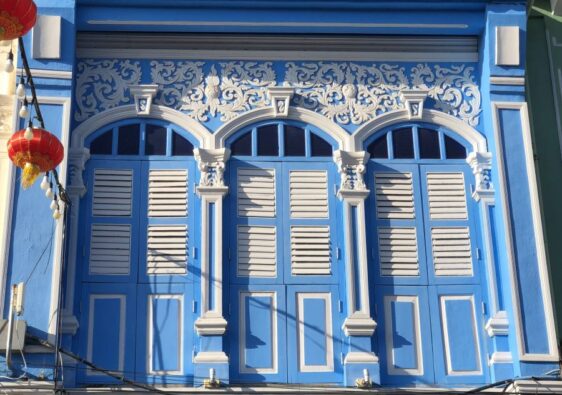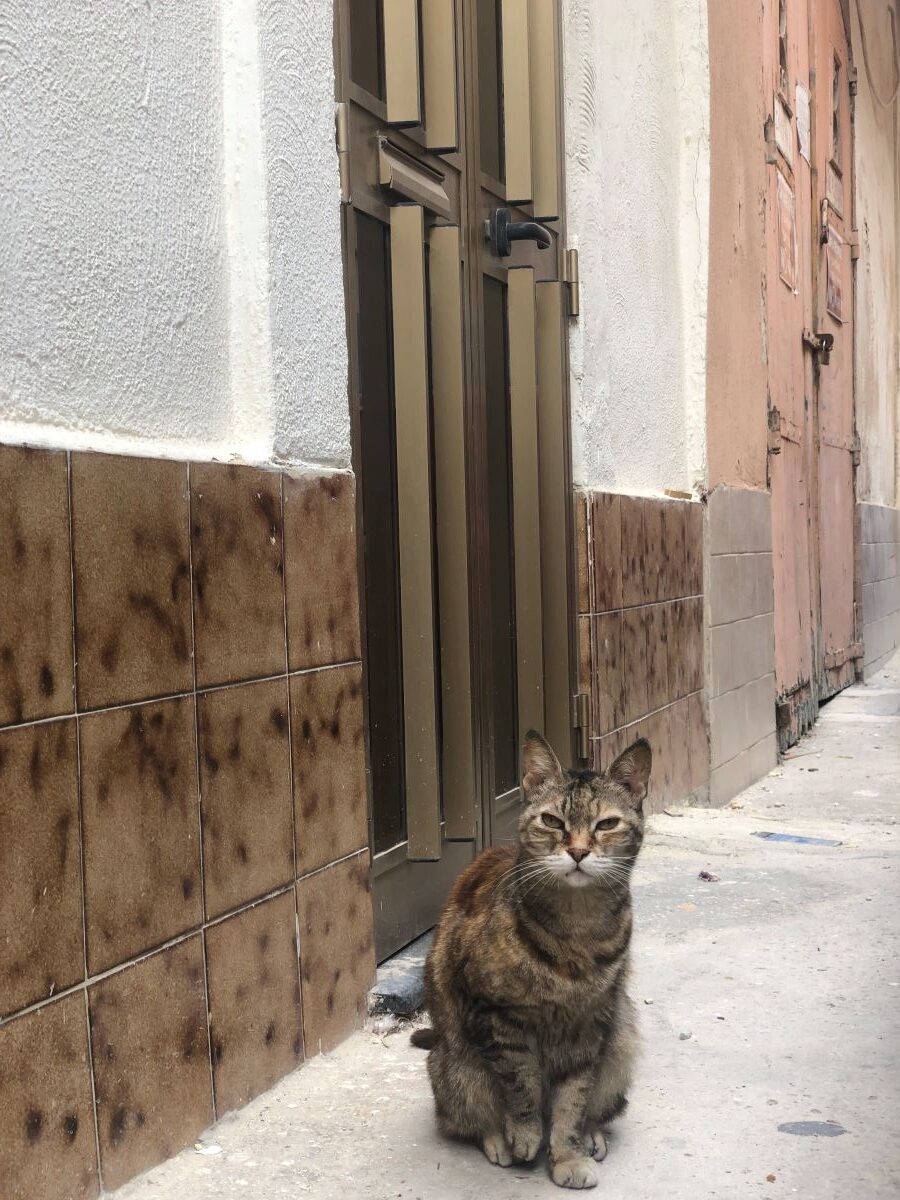This post will not be about the beautiful ancient Roman Theatre or the Stadium of Philippopolis. Nor will it cover the various parts of the Roman Forum near Central Square. On my walks-a-bout town, I have discovered various other amazing ancient ruins around Plovdiv that I wanted to share.
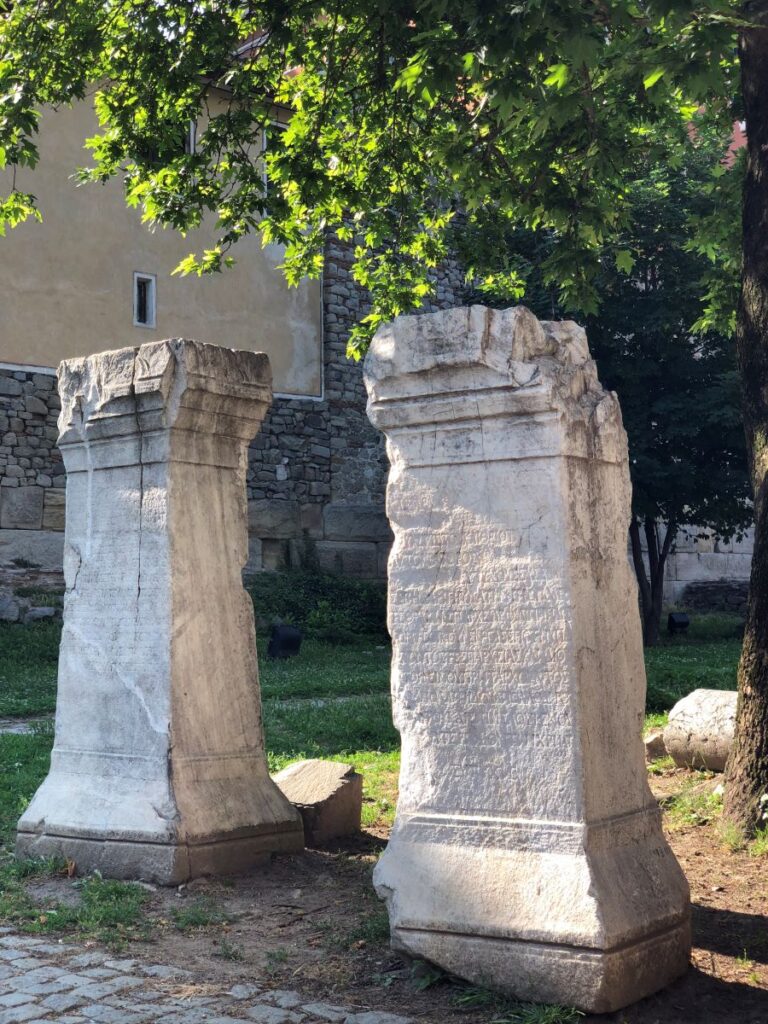
Fortress Walls in Vitosha Street
While exploring Old Town one day, I came across a small park like area with old marble ruins. While taking photographs, I noticed a broken sign, stating that the walls of these houses were in fact old Fortress Walls from the 2nd to 4th century.
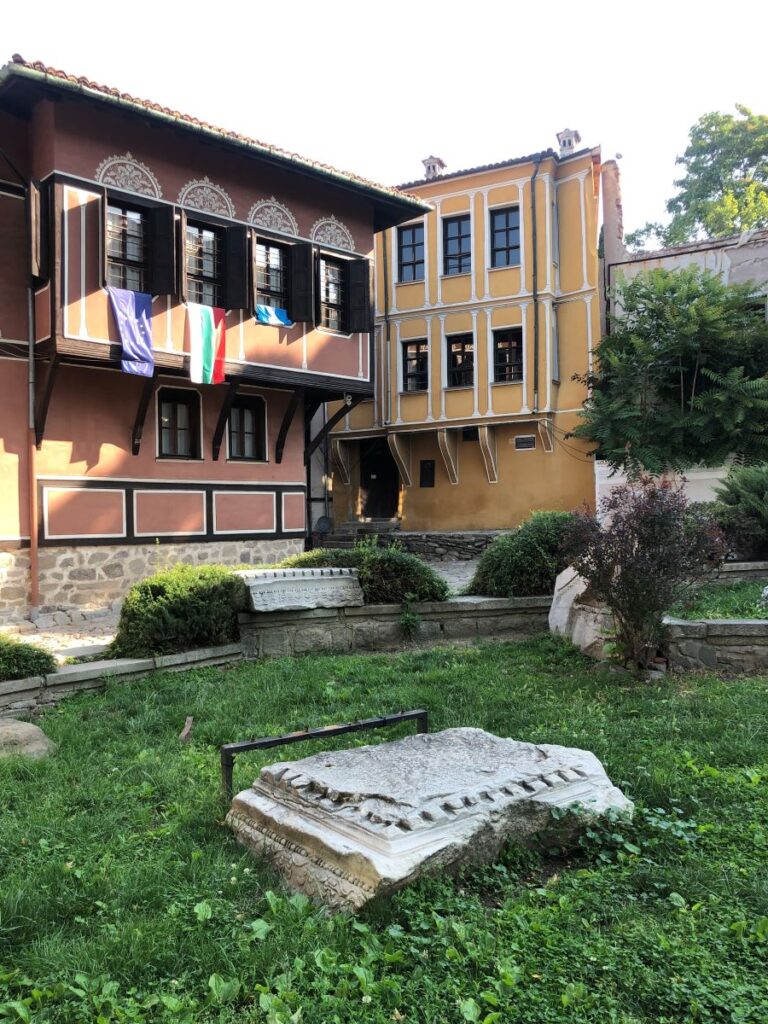
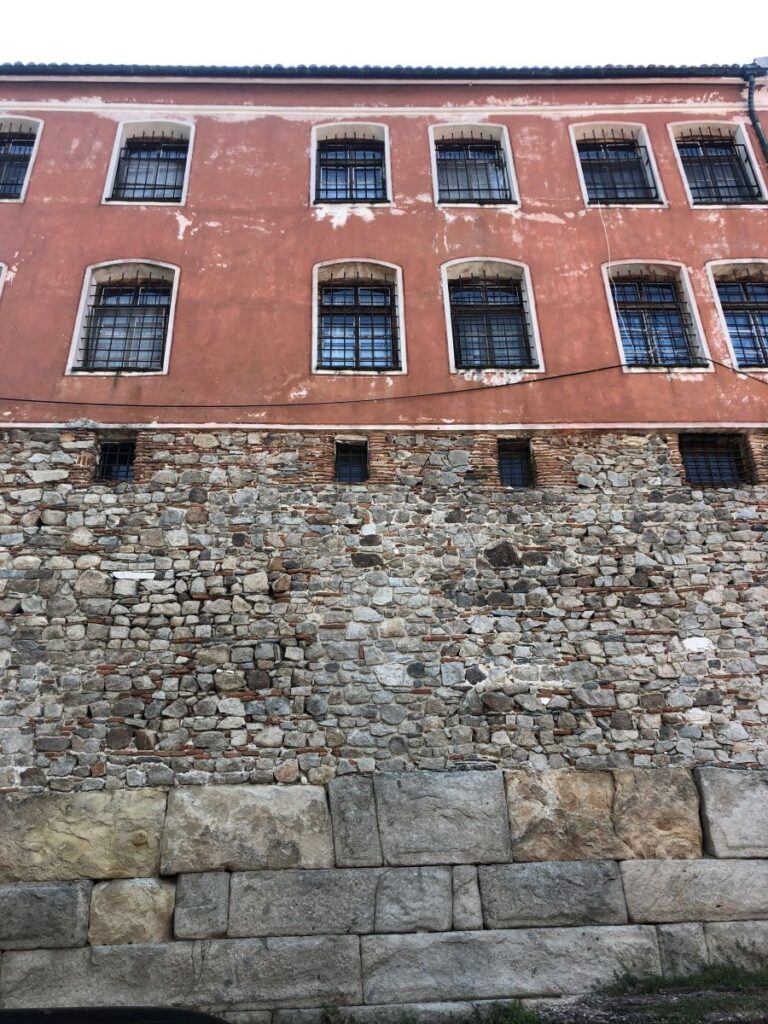
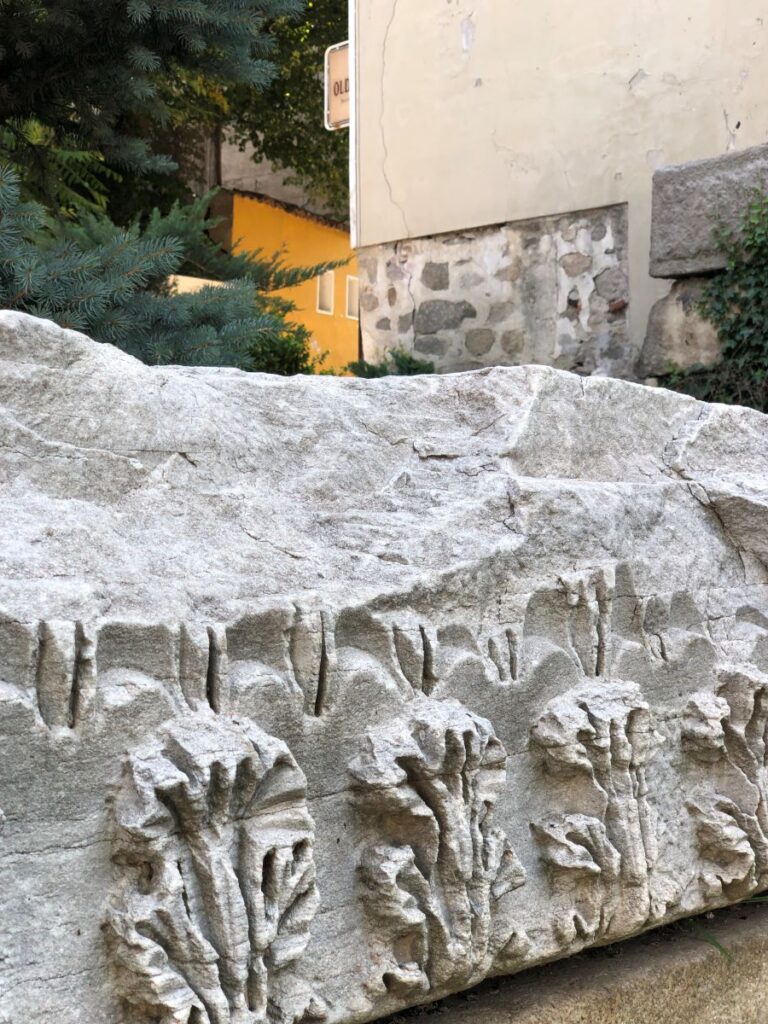
These massive stone walls support a few of the Bulgarian Revival Houses that were constructed in the 18th & 19th centuries. Excavations from inside these houses, reveal old barracks in the basements!

Another set of walls can be seen as well. These are brick and were constructed in the Early Byzantine Period of the 5th & 6th century.
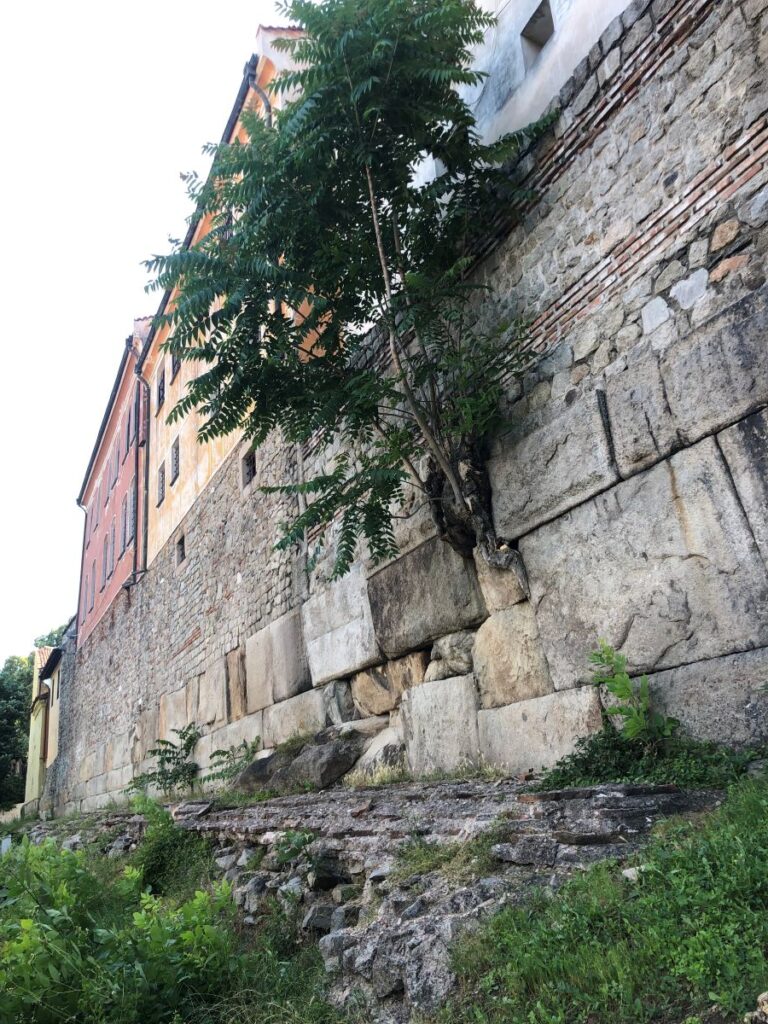
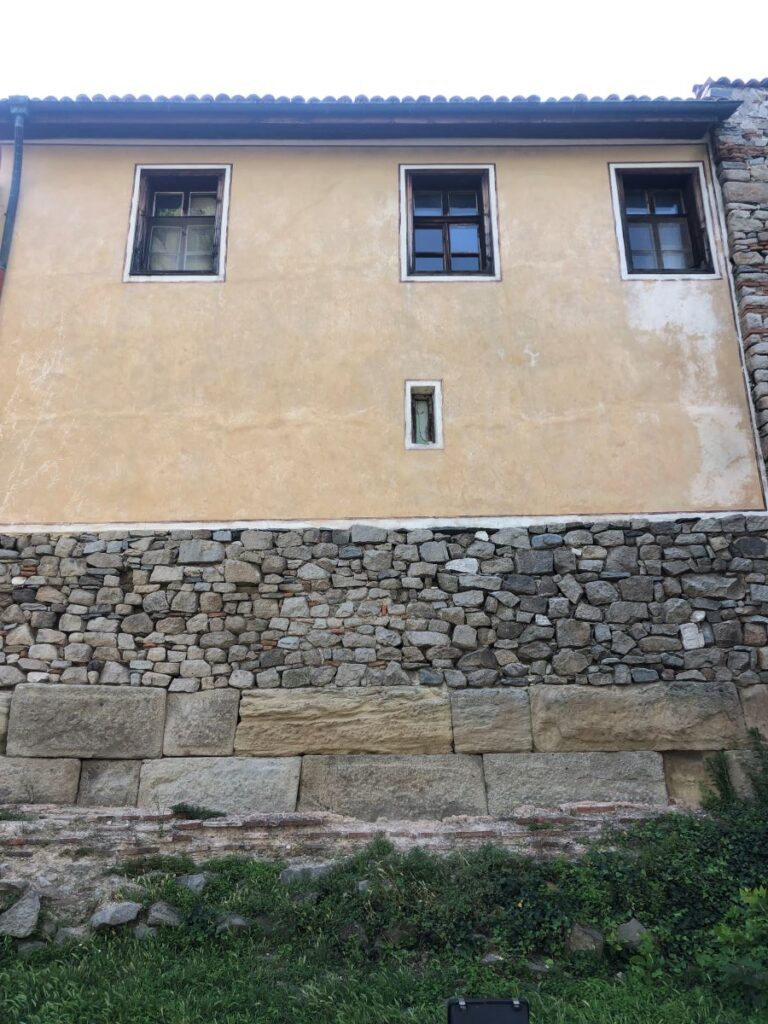
The area is quite compact and I was able to fully explore to my hearts content. I am very grateful that there was a sign, however broken, so I could understand the treasures I had found myself walking around.
Ancient Pottery Kilns
Most people would walk right past this area and think it was a small construction site. However, looking more closely reveals a sign that says “Archaeological Site of Ancient Pottery Kilns”. Located in one corner of Tsar Simeon’s Garden, behind the bear pond, is a mound. I guess, still buried deep inside are these kilns. How cool is that! Imagine the treasure archaeologists will find here one day.
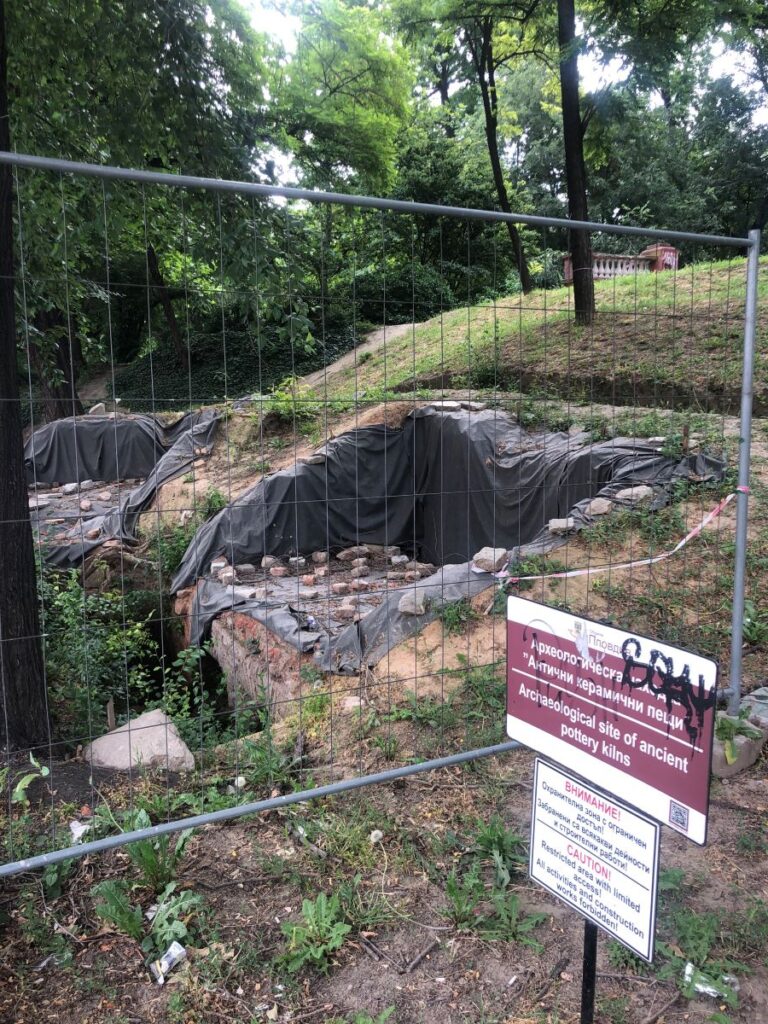
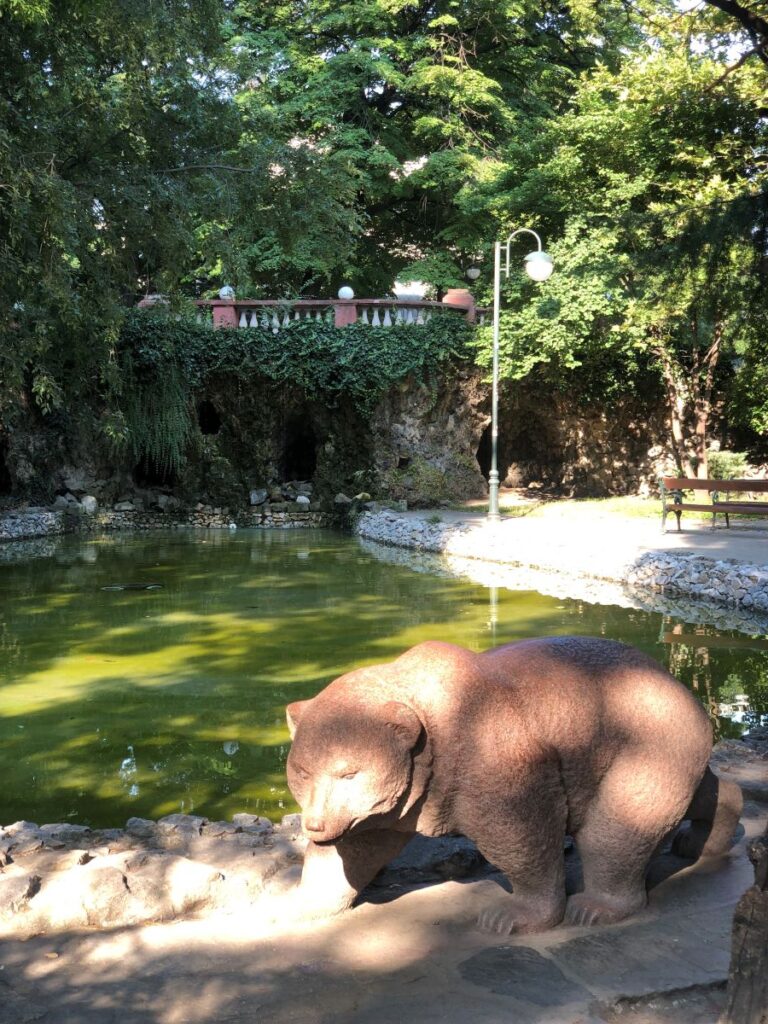
The Streets of Old Town
There is so much in this district to garner your attention while exploring the ancient streets. Most people are looking up at the gorgeous Bulgarian Revival houses and all their glory. But don’t forget to look down.
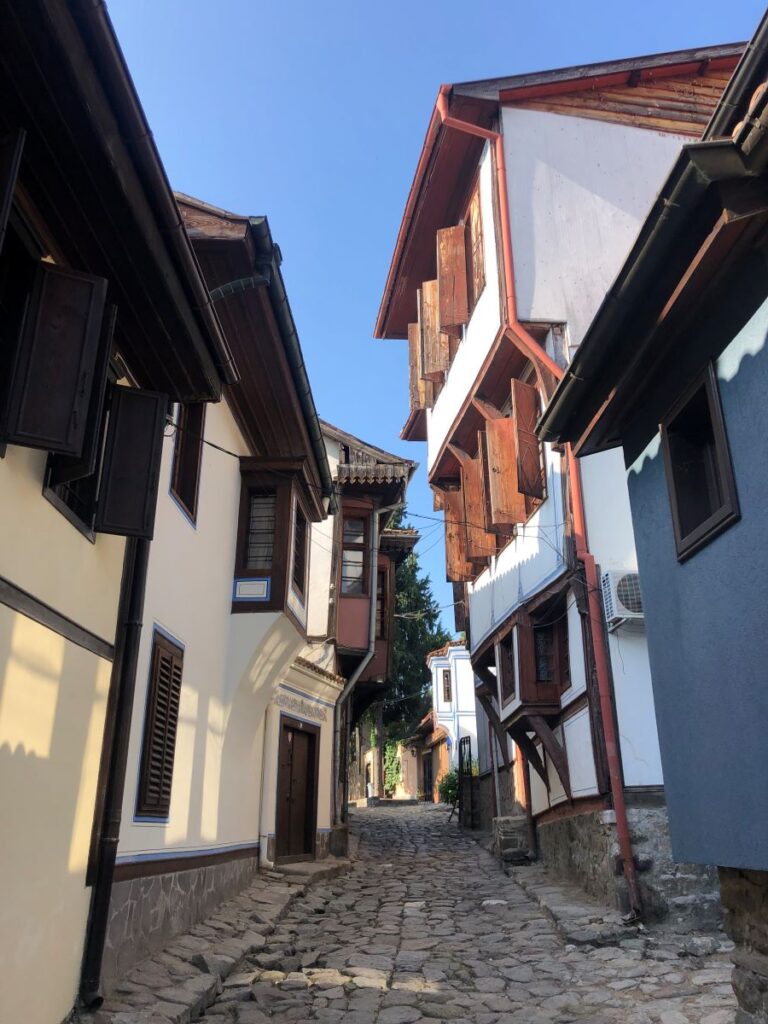
It was common in the roman times and past, that when a city was overthrown, the new ruler would dismantle buildings and use the pieces in the construction of their own structures. This is in fact what happened to the Colosseum in Rome and is why it looks the way it does today. All of the marble from the exterior was stripped and used to create the next rulers’ buildings.
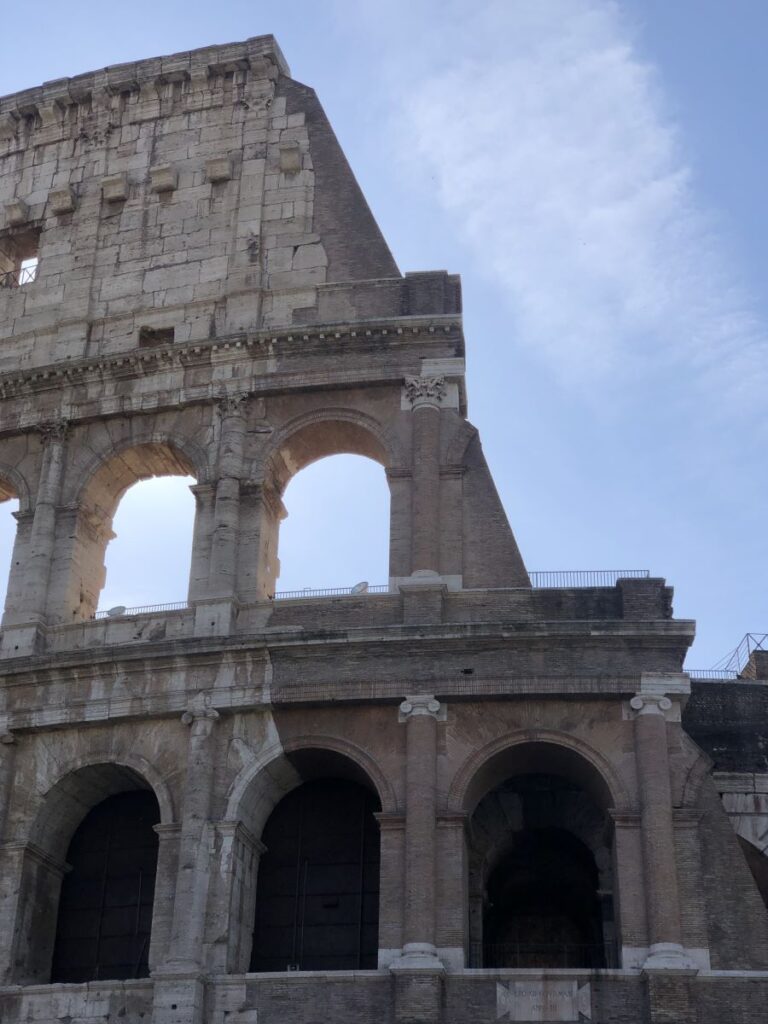
While walking in Old Town, look down at the street. All of those white pieces of stone you see? Those are marble from ancient structures around Plovdiv! I was lucky enough to see some that still retained the carvings on them, even after 1500 years of wear and tear.
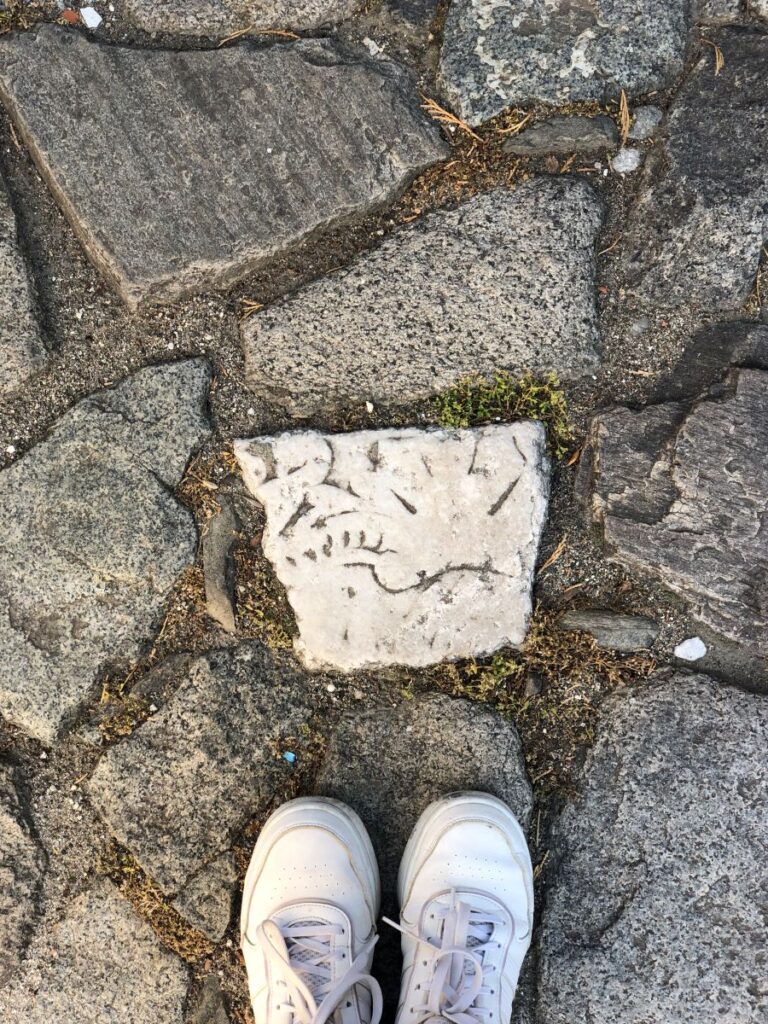

Byzantine Circular Tower
On another day of exploration in Old Town, I wandered into a secluded area and found this Early Byzantine wall and circular tower! Again, grateful for a sign I could read, I was able to know what I was looking at. The tower served as a watch tower and was important for defensive purposes.
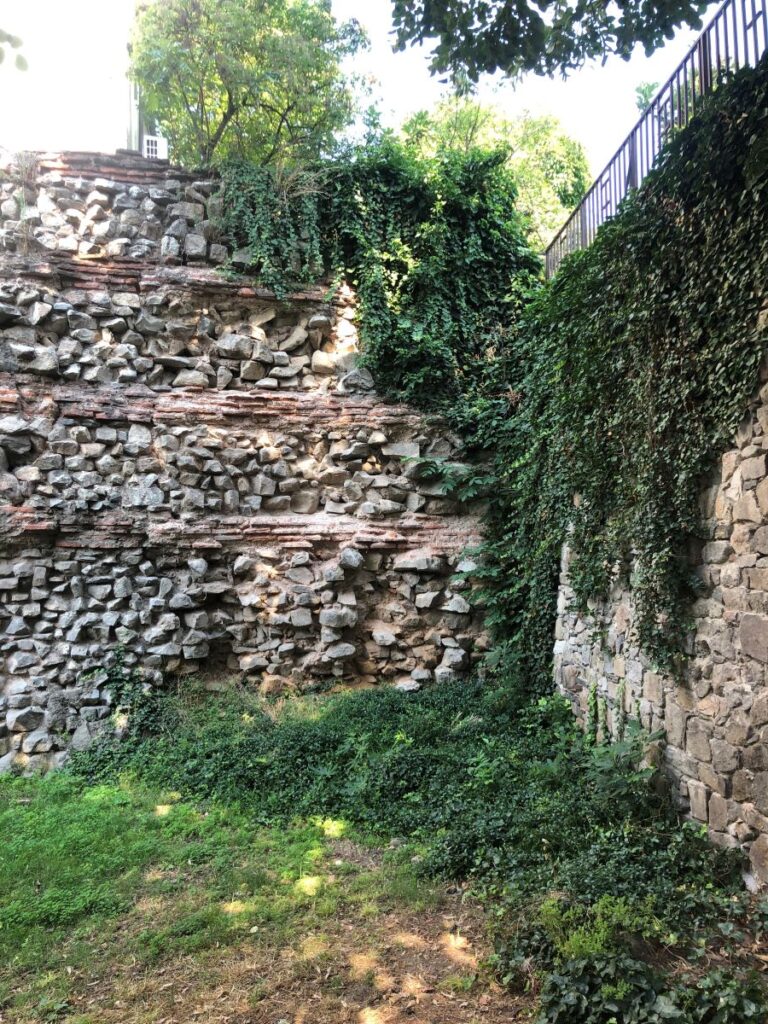
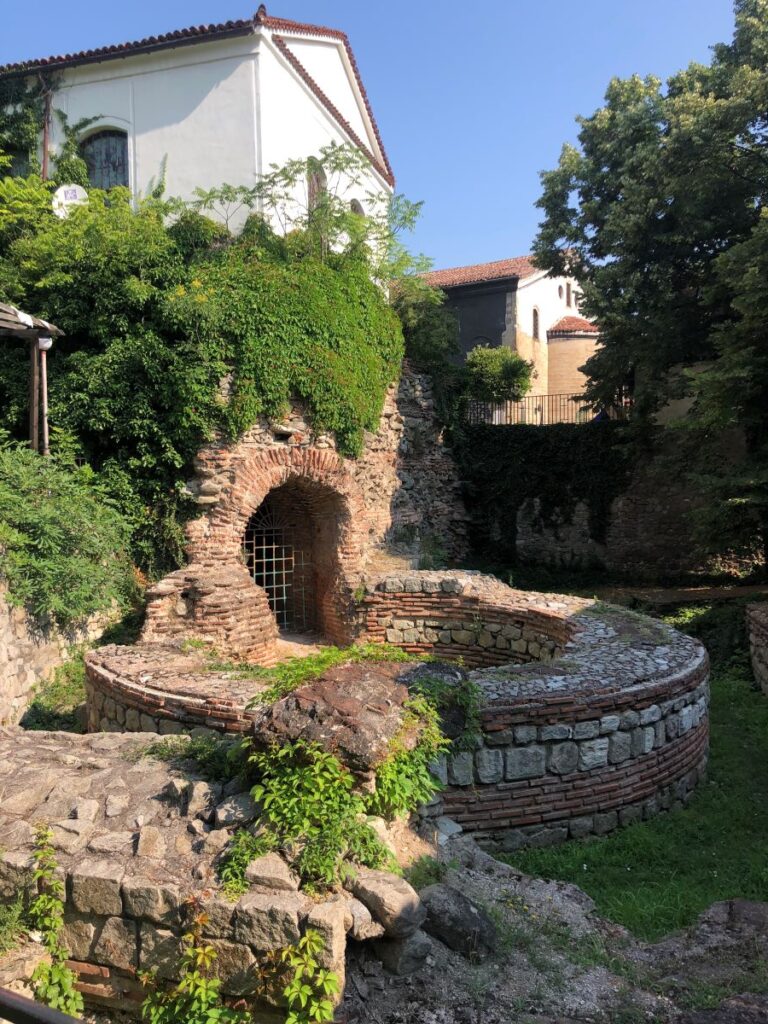
Built during the 5-6th century AD, this fortress wall surrounded and protected the area withing the three hills that make up Old Town. The walls were in place until the Middle Ages and were 3.2 meters thick! The circular tower and fortress walls here are part of a larger archaeological complex called Hissar Kapiya. While walking around this district keep an eye out for this gate, it also forms part of the old fortress.
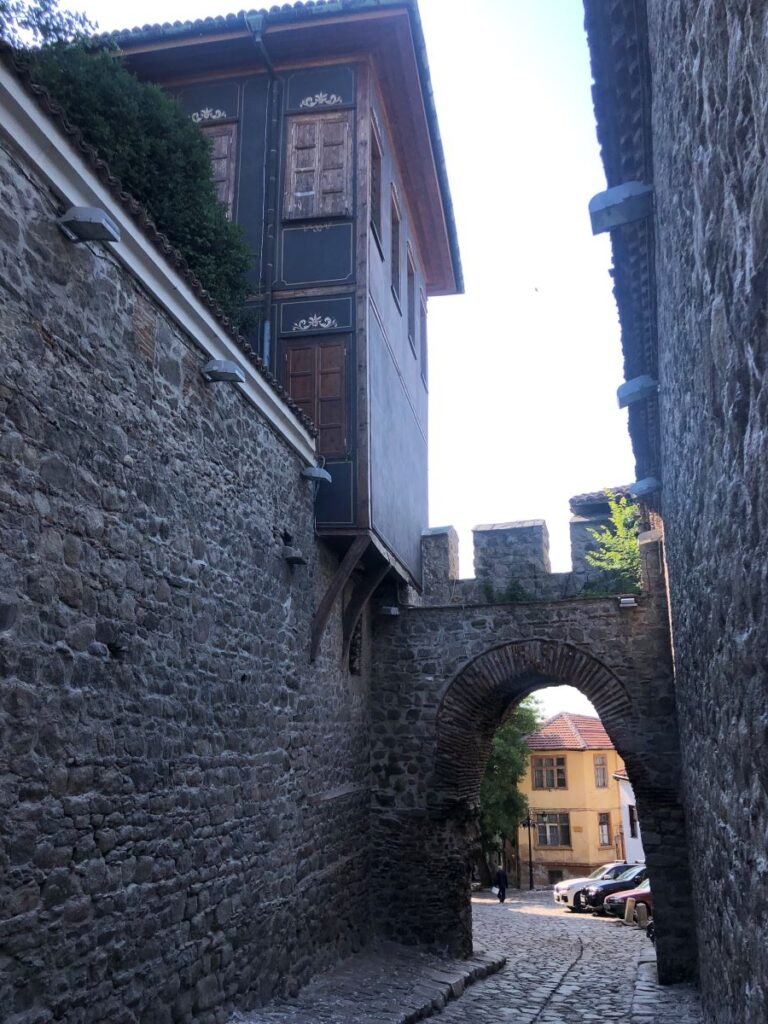
Stadium inside H&M
Yes, inside the H&M clothing store on the main pedestrian street of Knyaz Aleksander 1, lies a portion of the ancient roman stadium of Philippopolis. I did not pay the 5 LEV to go into the basement and see what was down there. Instead, I enjoyed the view from the main floor of the store.
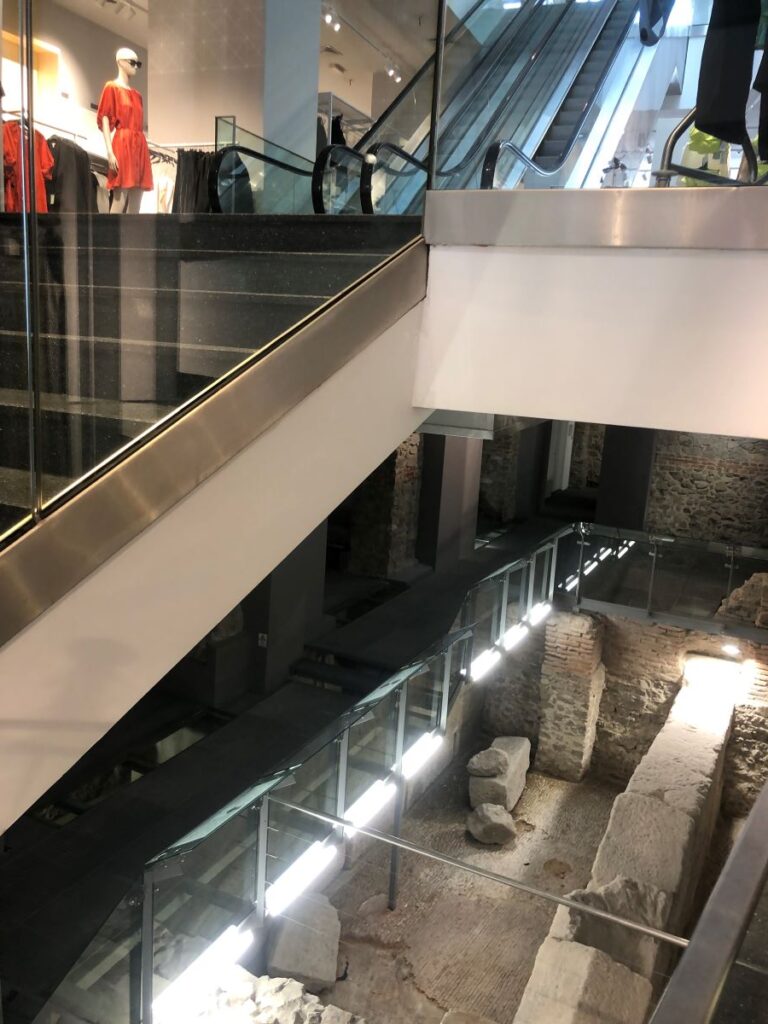
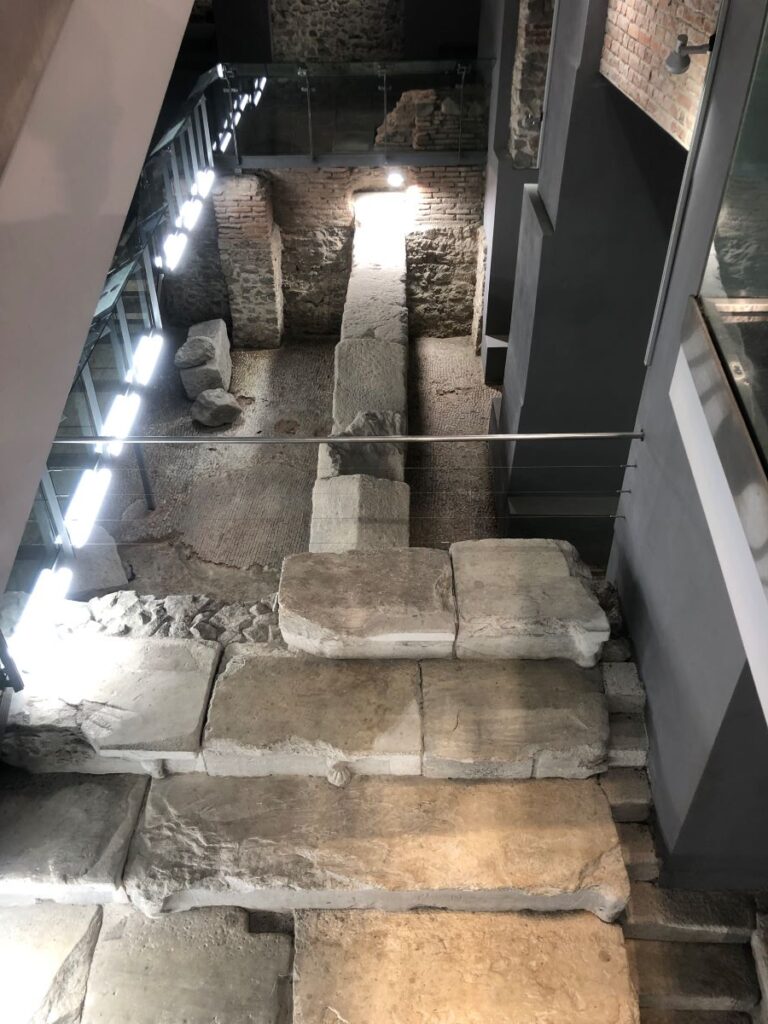
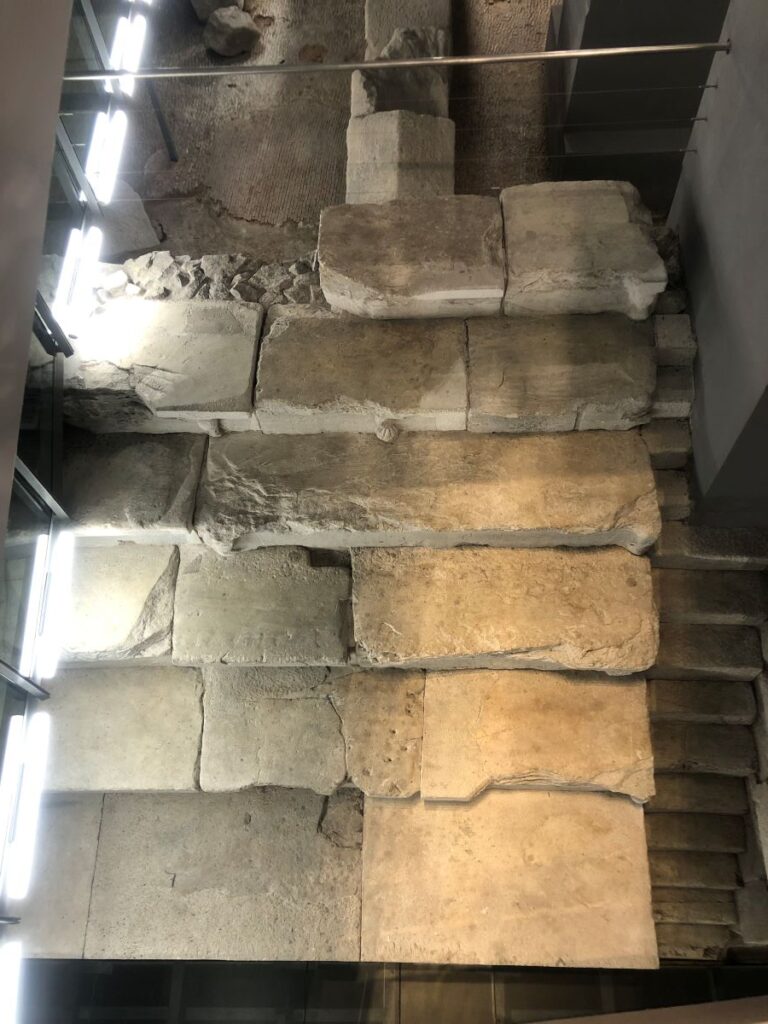
I’m sure there are many other ancient ruins to discover in Plovdiv. In my romantic mind, most of the city is built upon an absolute treasure trove of all things ancient and beautiful, just waiting to be discovered one day. I cannot imagine what is down there, under my feet, as I walk around town each day.
